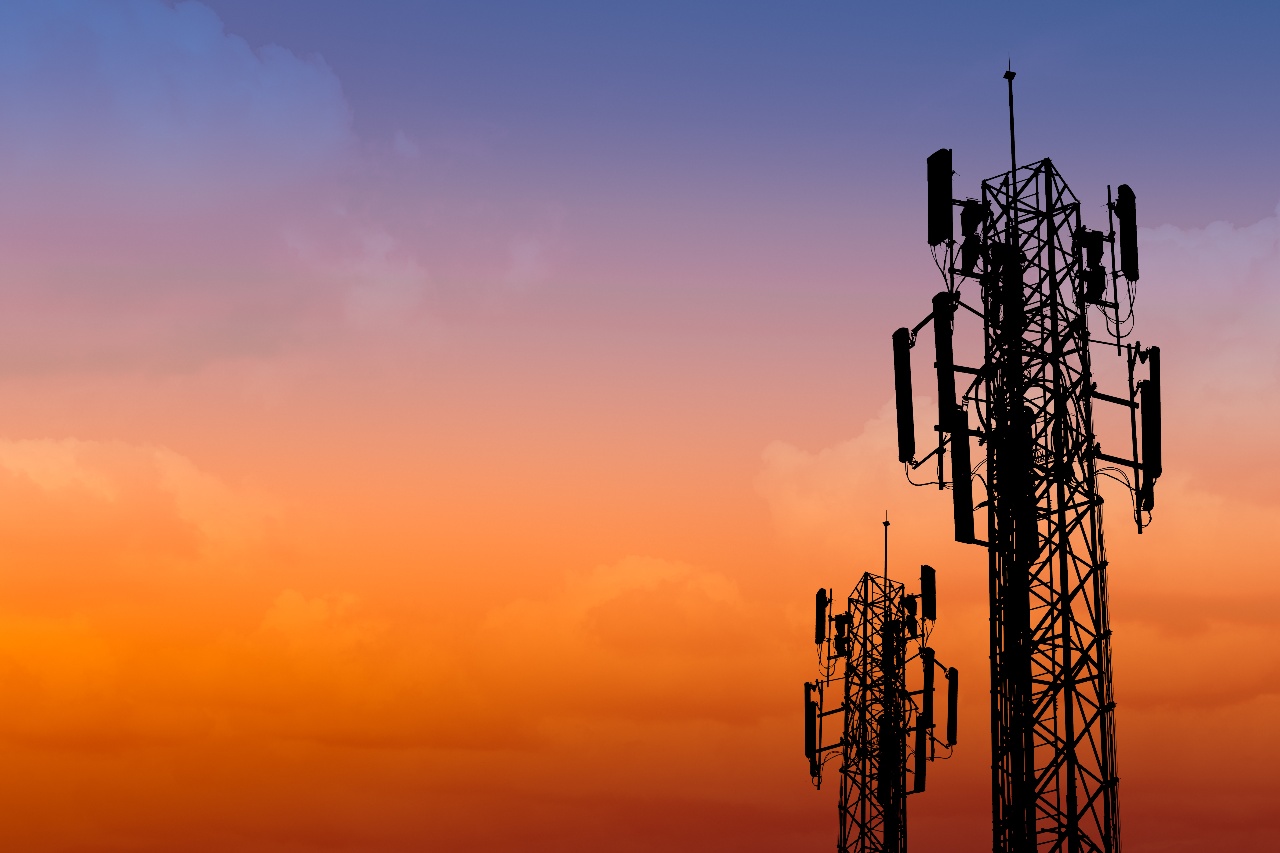It’s been a couple of years since we reviewed the state of the 2G and 3G mobile markets to see how network closures were coming along.
There has been plenty of activity since then, and 2025 is shaping up to be a busy year for shutdowns.
Switching off these legacy networks enables operators to reuse the valuable freed spectrum to support more advanced 4G and 5G services.
19 Countries Have Dropped 2G So Far
By the end of 2022, ten countries had switched off all 2G services. Japan was the first to make the move back in September 2012, and it was almost three years before the next market–– Macau–– followed suit, in June 2015. Singapore and Taiwan had joined them by the end of 2017.
The small Pacific island nation of Tuvalu was also among the early markets to lose 2G, with the country’s sole operator, Tuvalu Telecommunications Corporation (TTC), switching out its 900MHz 2G system for a 3G network in October 2015.
Fast forward to 2025, and we now have 19 countries that have completed their 2G shutdowns. The most recent of these came in February 2025 when Digicel Jamaica confirmed the closure of the island’s last GSM system, with rival operator Flow having completed the process in April 2024.
2G Shutdown Timeline
Completed and Planned Closures
| Completed | |
| Sep 2012 | Japan |
| Jun 2015 | Macau |
| Dec 2015 | Tuvalu |
| Apr 2017 | Singapore |
| Dec 2017 | Taiwan |
| Apr 2018 | Cocos (Keeling) Islands |
| Jun 2018 | Australia |
| Jan 2019 | Sint Maarten |
| Sep 2020 | American Samoa |
| Jul 2021 | South Korea |
| Jul 2021 | Brunei |
| Dec 2021 | Canada |
| Jan 2023 | Switzerland |
| Dec 2023 | United Arab Emirates |
| Jul 2024 | Antigua and Barbuda |
| Oct 2024 | Vietnam |
| Dec 2024 | Trinidad and Tobago |
| Dec 2024 | Monaco |
| Feb 2025 | Jamaica |
| Expected by End-2025 | |
| Puerto Rico | U.S. Virgin Islands |
| Iceland | Venezuela |
| Israel | New Zealand |
Source: TeleGeography's GlobalComms Database
There are a number of operators that are in the middle of the 2G sunset process.
T-Mobile US confirmed in February that it was beginning a phased closure of its 2G network, with rivals Verizon and AT&T having ditched their respective CDMA and GSM systems some years ago. While T-Mobile has not given an exact end date, it is expected to be this year.
The shutdown will also affect Puerto Rico and the U.S. Virgin Islands, meaning these territories will bid farewell to 2G for good.
Other markets having confirmed a full 2G switch-off by the end of 2025 include Iceland, Israel, New Zealand and Venezuela. It is thought that around 25 countries will have completed 2G network shutdowns by that date.
Busy Year for 3G Switch-offs
3G network closures have so far taken place in twelve countries, but there are a whole raft of shutdowns planned by the end of the year, by which time more than 30 nations will have closed down 3G services completely.
3G Shutdown Timeline
Completed and Planned Closures
| Completed | |
| Dec 2018 | Taiwan |
| Jun 2021 | Svalbard and Jan Mayen Is. |
| Nov 2021 | Czech Republic |
| Dec 2021 | Germany |
| Dec 2021 | Singapore |
| Mar 2022 | Malaysia |
| Sep 2022 | San Marino |
| Jun 2023 | Greece |
| Nov 2023 | Hungary |
| Apr 2024 | Indonesia |
| Oct 2024 | Australia |
| Dec 2024 | Oman |
| Jun 2025 | Macau |
| Expected by End-2025 | |
| United Kingdom | Israel |
| Sweden | Denmark |
| Spain | China |
| Slovakia | Estonia |
| Qatar | Iceland |
| Portugal | Belgium |
| Luxembourg | New Zealand |
| Kuwait | Austria |
| Latvia | Lithuania |
Source: TeleGeography's GlobalComms Database
The first nationwide 3G switch-off took place in Taiwan way back in December 2018, although this was for data services only. Connectivity for voice calls was maintained via circuit-switched fallback (CSFB) technology in areas without a 4G signal until the end of June 2024.
The Czech Republic, Germany, and Singapore completed 3G switch-offs toward the end of 2017. More recently, in 2024, operators in Indonesia, Australia, and Oman carried out the latest national 3G sunsets.
The Chinese territory of Macau completed the most recent 3G switch-off, with a full network closure on June 5, 2025.
The remainder of 2025 will see the list of countries without 3G joined by the likes of the U.K., Spain, Portugal, Austria, Sweden, Denmark, Latvia, Lithuania, Estonia, China, Kuwait, and Qatar.
The Netherlands and Japan, meanwhile, have confirmed an end date of 2026.
For further information on network shutdowns, see 2G and 3G sunsets in our GlobalComms Database, which offers historical and forecast data in a downloadable spreadsheet, as well as:
- Company profiles showcasing 2G, 3G, 4G, and 5G subscriptions
- Country profiles covering the political, economic, and regulatory environment for 225 countries, including a mobile market breakdown
- Market forecasts based on subscription growth, network deployments, operator and government targets, and localized market conditions
Pete Bell
Pete Bell is a Senior Analyst for TeleGeography’s GlobalComms Database and also contributes to the daily CommsUpdate newsletter. He has a particular interest in wireless broadband and was responsible for TeleGeography’s 4G Research Service until it was integrated into GlobalComms.





